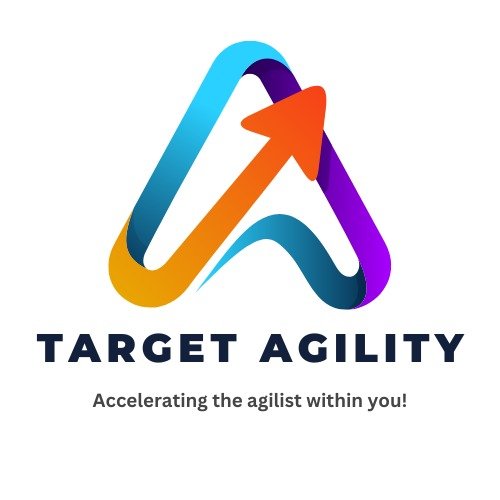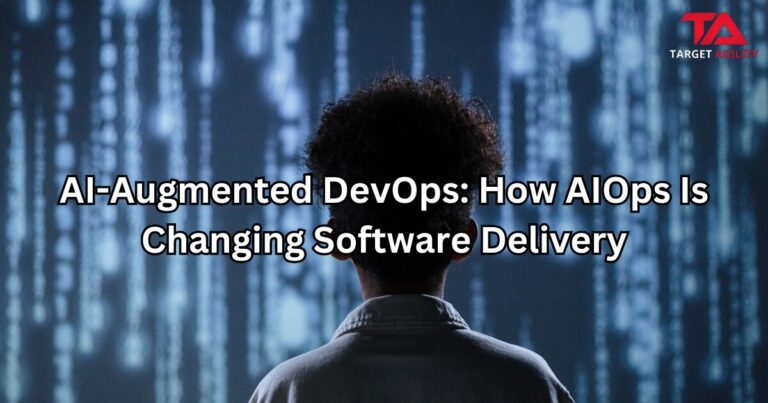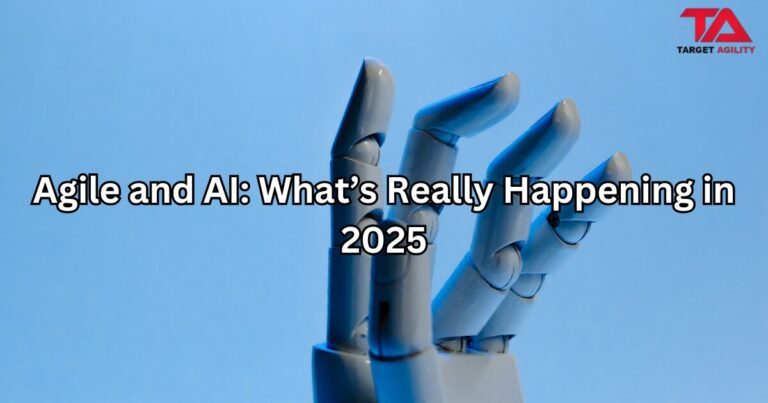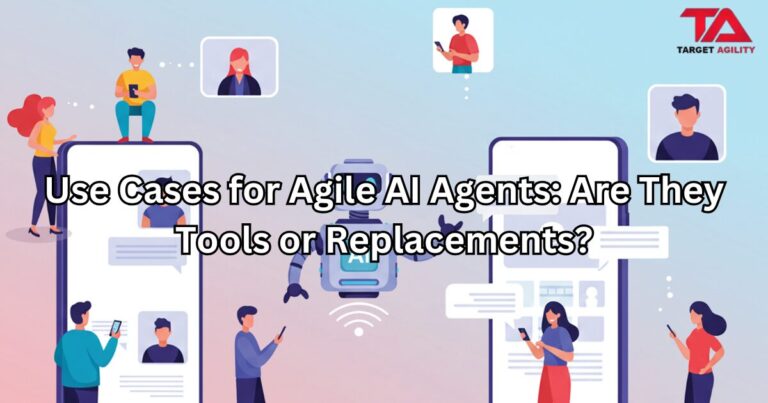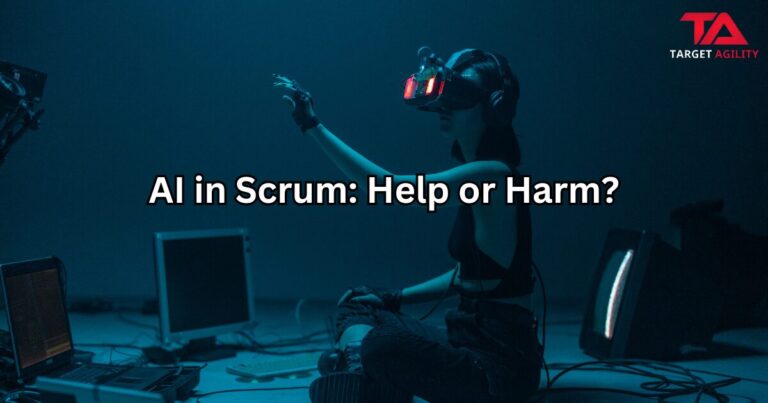Every large organization dreams of being “Agile at scale.” Frameworks like SAFe (Scaled Agile Framework) and LeSS (Large-Scale Scrum) promise coordination, faster feedback, and more alignment across teams.
But anyone who has lived inside a large Agile transformation knows the truth — scaling isn’t just about syncing standups or adding more ceremonies. It’s about connecting strategy to execution across dozens of moving parts.
That’s where AI is now stepping in. Artificial Intelligence can process sprint data from hundreds of teams, highlight risks, map dependencies, and even forecast delivery timelines with eerie accuracy.
It sounds like the missing piece of the Agile puzzle — until you realize most organizations aren’t ready for the cultural and leadership shifts AI demands.
The Promise: Clarity at Scale
In SAFe and LeSS, visibility is the hardest thing to maintain. Leaders need to see patterns across multiple Agile Release Trains, not just isolated sprints. AI finally makes that possible.
New enterprise platforms — like Jira Align, Rally Software, and Planview — now use AI to:
- Rank portfolios and epics based on data-driven insights such as ROI, effort, and risk.
- Map cross-team dependencies automatically by analyzing story relationships and communication patterns.
- Predict risks using past velocity drops, code quality data, or delayed backlog items.
- Forecast capacity to help plan realistic release schedules across multiple teams.
Used well, these AI insights can help leaders act earlier, align strategy with delivery, and prevent last-minute chaos.
Instead of spending hours gathering reports, leadership can finally focus on decisions that matter.
The Trap: More Automation, Less Awareness
But here’s the danger — when AI shows you more data, it also tempts you to stop thinking.
Many enterprises start relying too heavily on dashboards and metrics. They forget that data without context is noise. AI may flag a risk, but it doesn’t understand the hidden cause — maybe a toxic dependency, unclear leadership, or an overworked team.
When leaders take AI outputs as absolute truth, they start managing numbers instead of people. Teams stop questioning results because “the system already knows.” That’s how real agility quietly turns into bureaucracy — just with fancier charts.
AI is a spotlight, not a steering wheel. It helps you see, but it doesn’t tell you where to go.
The Real Transformation: Leadership Mindset
To make AI work in scaled Agile systems, leadership must evolve — not just processes.
- Lead through guidance, not control.
Use AI to enable smarter coaching conversations, not to monitor or punish teams. - Interpret, don’t just consume data.
AI gives you insights; leaders must translate them into business decisions that align with strategy and customer value. - Break the silos.
True agility needs shared intelligence — across PMOs, engineering, and product management. If AI insights stay in isolated tools, they lose meaning. - Focus on outcomes, not outputs.
Metrics are tempting, but customer impact still matters more than velocity charts or compliance scores.
When leaders understand this, AI becomes an amplifier of judgment — not a replacement for it.
The Future of Scaled Agile with AI
AI will keep transforming how large enterprises scale Agile. It will handle the data-heavy work — tracking dependencies, predicting risk, and connecting patterns that humans might miss.
But leadership will still decide what those patterns mean. The difference between success and stagnation won’t come from technology — it’ll come from how wisely people use it.
The next generation of Agile leaders will need not just technical awareness but epistemic humility — the wisdom to know when data reveals truth, and when it merely reflects bias.

